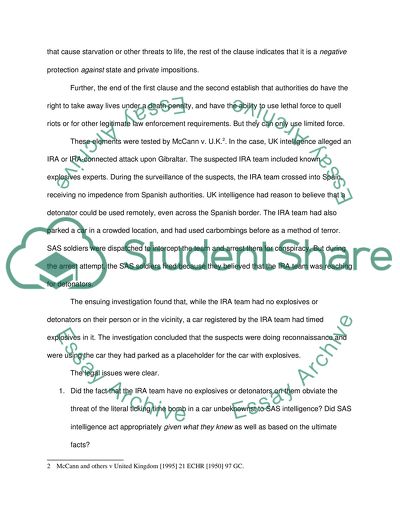Cite this document
(Law's Clauses Article Example | Topics and Well Written Essays - 1500 words, n.d.)
Law's Clauses Article Example | Topics and Well Written Essays - 1500 words. https://studentshare.org/law/1574772-human-rights-law-article-2
Law's Clauses Article Example | Topics and Well Written Essays - 1500 words. https://studentshare.org/law/1574772-human-rights-law-article-2
(Law'S Clauses Article Example | Topics and Well Written Essays - 1500 Words)
Law'S Clauses Article Example | Topics and Well Written Essays - 1500 Words. https://studentshare.org/law/1574772-human-rights-law-article-2.
Law'S Clauses Article Example | Topics and Well Written Essays - 1500 Words. https://studentshare.org/law/1574772-human-rights-law-article-2.
“Law'S Clauses Article Example | Topics and Well Written Essays - 1500 Words”. https://studentshare.org/law/1574772-human-rights-law-article-2.


